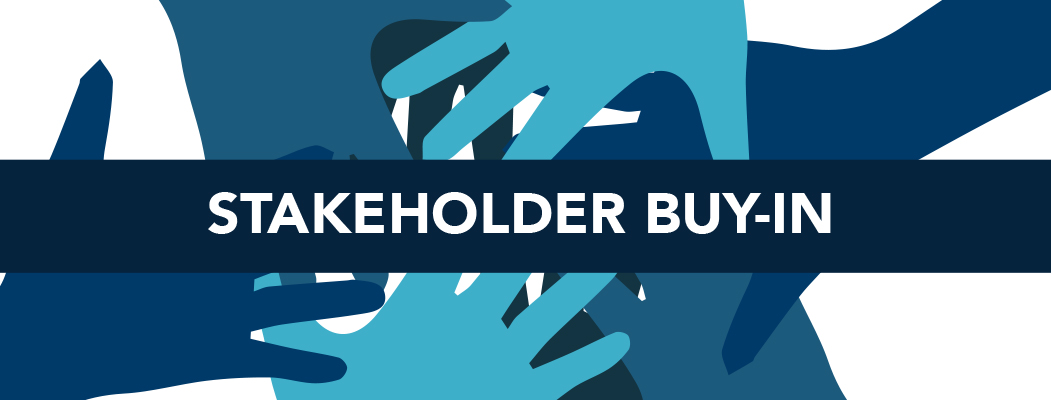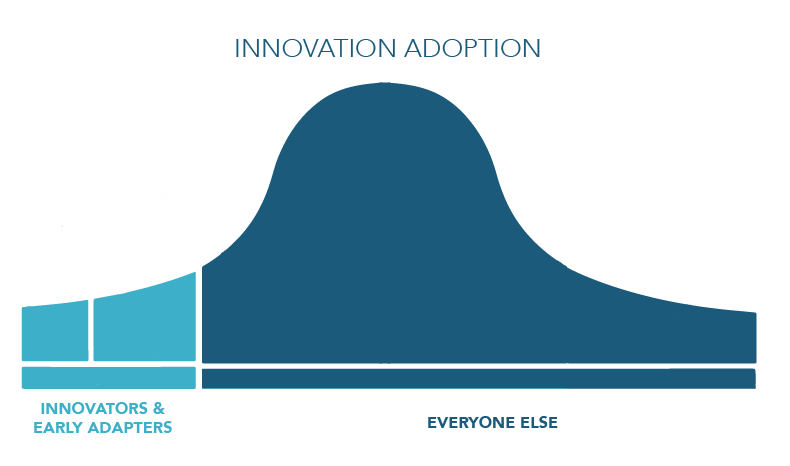1. Turnover
Perhaps nothing affects your ROI more than turnover. When seasoned employees leave, they take with them the tribal knowledge that is challenging to replace leaving behind a deficit in your agency. Often positions are then filled by inexperienced, less seasoned employees creating an information deficit. This is particularly important if your departing employee was an integral part of your initial technology rollout and is taking with them the knowledge they learned directly from the vendor.
2. Formal, Yet Ineffective Train-the-Trainer Programs
Many organizations utilize a structured train-the-trainer approach to onboard new users of ITS technology. Designated trainers work with the ITS vendor who provides extensive training on a particular ITS product. In turn, the trainer is responsible for training his or her co-workers. This approach can be cost-effective but does have its challenges if not managed properly. Research suggests that information is exponentially forgotten from the time the learner consumes it. On average, people tend to remember an average of about 50% of the data presented to them within 24 hours. This means that your trainer starts out with an information deficit which they will, in turn, pass on to peers if regular reinforcement of material is not regularly revisited. As this cycle continues throughout your organization, your employees are likely losing the critical knowledge required to leverage your ITS solution correctly.
3. Informal, Peer-to-Peer Training
When you do not provide formal ITS solution training to your new employees and instead depend on their peers to train them, that the effort will be subject to whatever the trainer thinks is essential. Critical details and features are more than likely to be left out or missed. This is especially true if, to begin with your informal trainer isn’t using the system to its fullest potential. Moreover, and perhaps more importantly, the session will likely be peppered with workplace biases or workarounds.
Value Maintenance Through Ongoing Training
What can be done to educate your employees on your ITS regularly? Value Maintenance is an excellent way you can continue to get value from the solution you procured. The concept of Value Maintenance suggests that investment in regular, consistent training for both seasoned and new employees can exponentially improve hardware and software return on investment. When you commit to the idea that over time, like a child’s game of “Telephone,” knowledge passed down from person to person can erode, the concept of treating ongoing training as a required service makes perfect sense.
When you deploy a hardware or software solution, you fully expect to incur costs associated with maintenance. You should not treat the care and support of your human capital any differently.
Value Maintenance ensures:
• Your employees are regularly trained and re-trained to ensure that they are leveraging the technology to its fullest potential.
• The training material presented is accurate and up to date.
• The Subject Matter Expert doing the training understands the full potential of the technology and how others in the industry are using it. The trainer can impart lesson’s learned and best practices.
Structuring Value Based Training
You can structure a training contract in two ways:
Hands-On Observation
You can combine hands-on observation with recommendations in an informal setting. This approach allows our product experts to see how you are using the solution and make suggestions for improvement in real-time. A secondary benefit of this approach is that, as our product expert works with you, elbow to elbow, they can ensure that you are working with the latest software and make any updates necessary.
Customized, Formal Re-training
Alternatively, if training deficits are deemed systemic, we can create a personalized re-training schedule to ensure that your employees have product information from first-hand sources to get the most out of your technology investment. This approach is particularly helpful in situations with high turnover or instances where the technology has been in place for a while and is not being used to its full potential.
When it comes to complex ITS technology, the set it and forget it approach is often a surefire path to lost ROI. Addressing the need for retraining at regular intervals protects your technology investment and guarantees your employees have the direct, accurate information they need to leverage all the features of your ITS solution.





 As humans, we are creatures of habit and generally don’t like change. We like what we know and feel comfortable with. This can be especially true at public transit agencies where systems and processes might have been in place for decades, and where modifications to existing labor rules might be required to make organizational change a reality. In such an environment, it critical to study the impact new technology will have on your operations AND your employees.
As humans, we are creatures of habit and generally don’t like change. We like what we know and feel comfortable with. This can be especially true at public transit agencies where systems and processes might have been in place for decades, and where modifications to existing labor rules might be required to make organizational change a reality. In such an environment, it critical to study the impact new technology will have on your operations AND your employees.